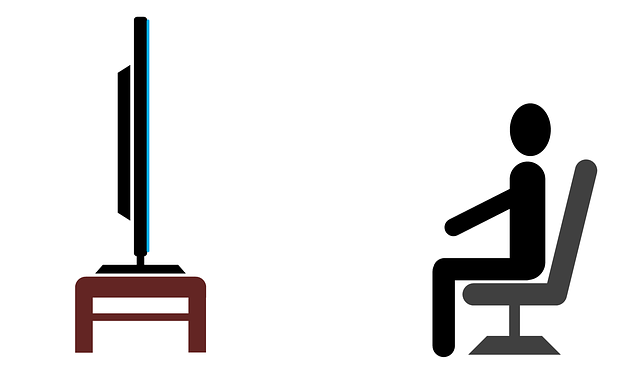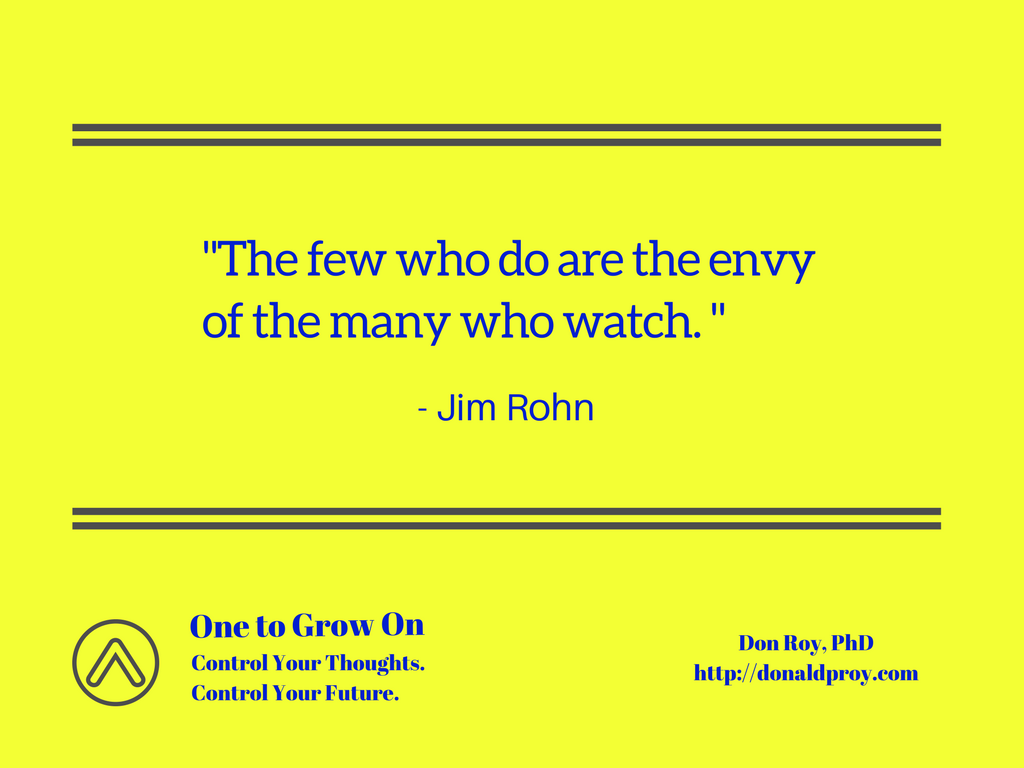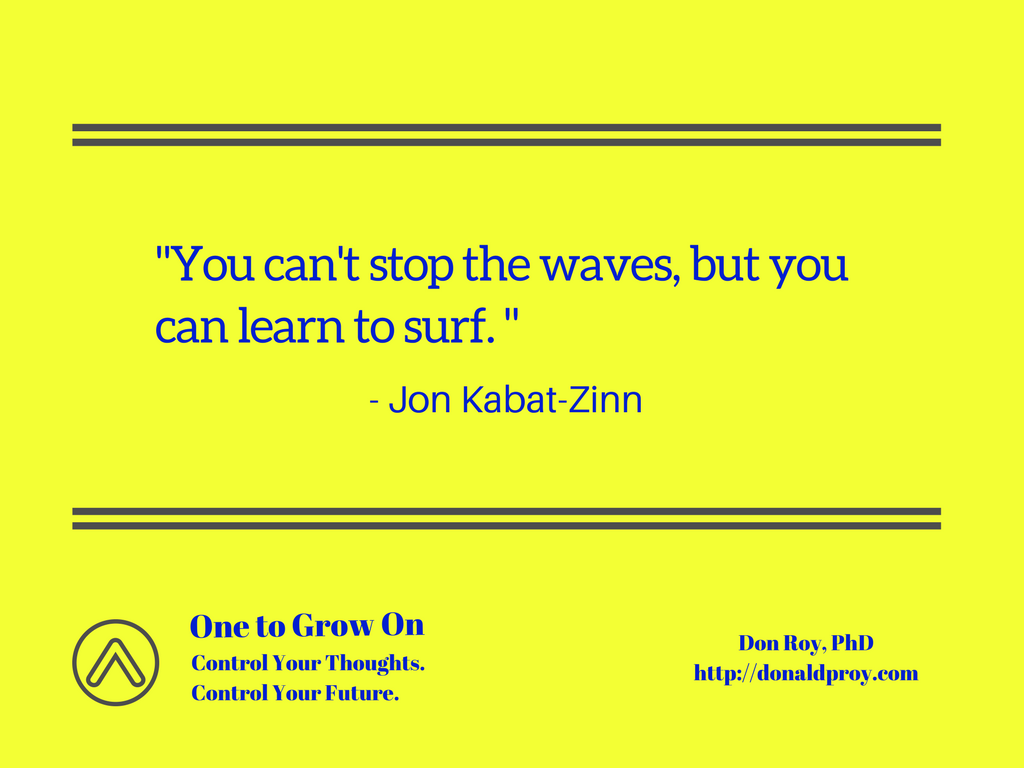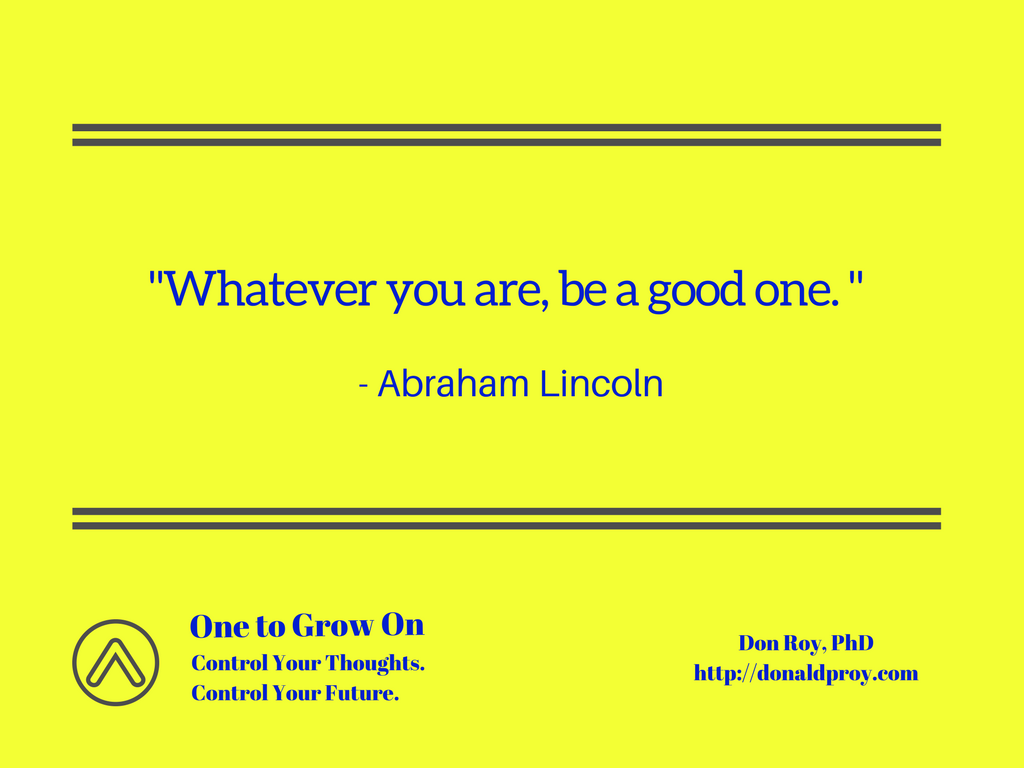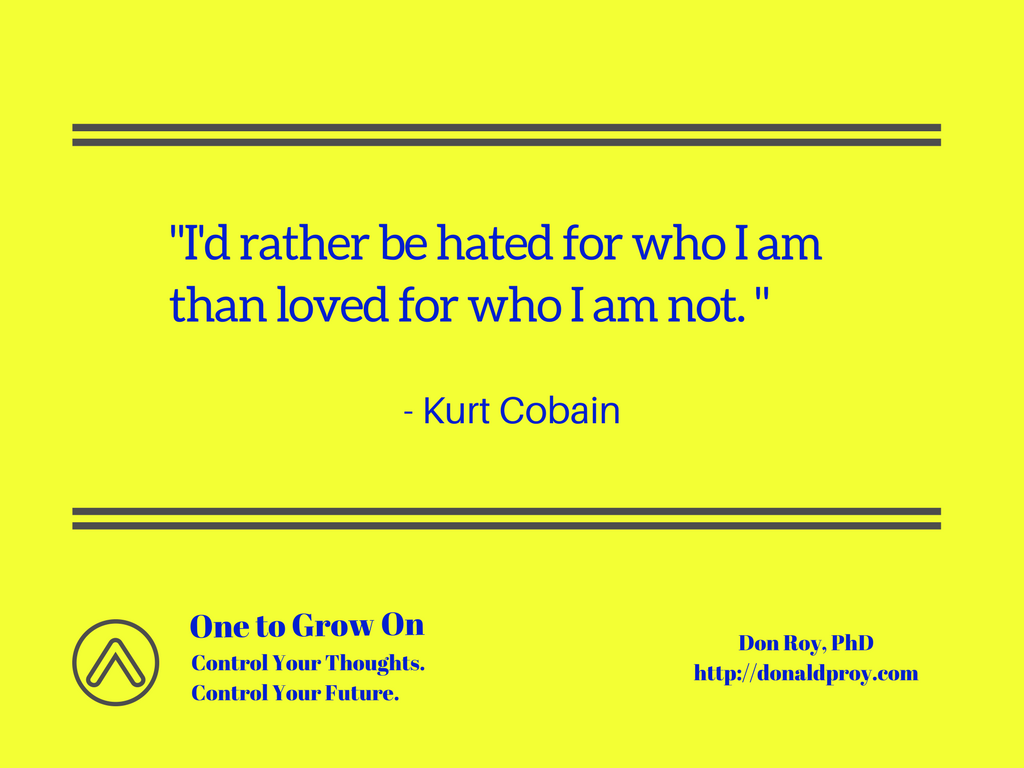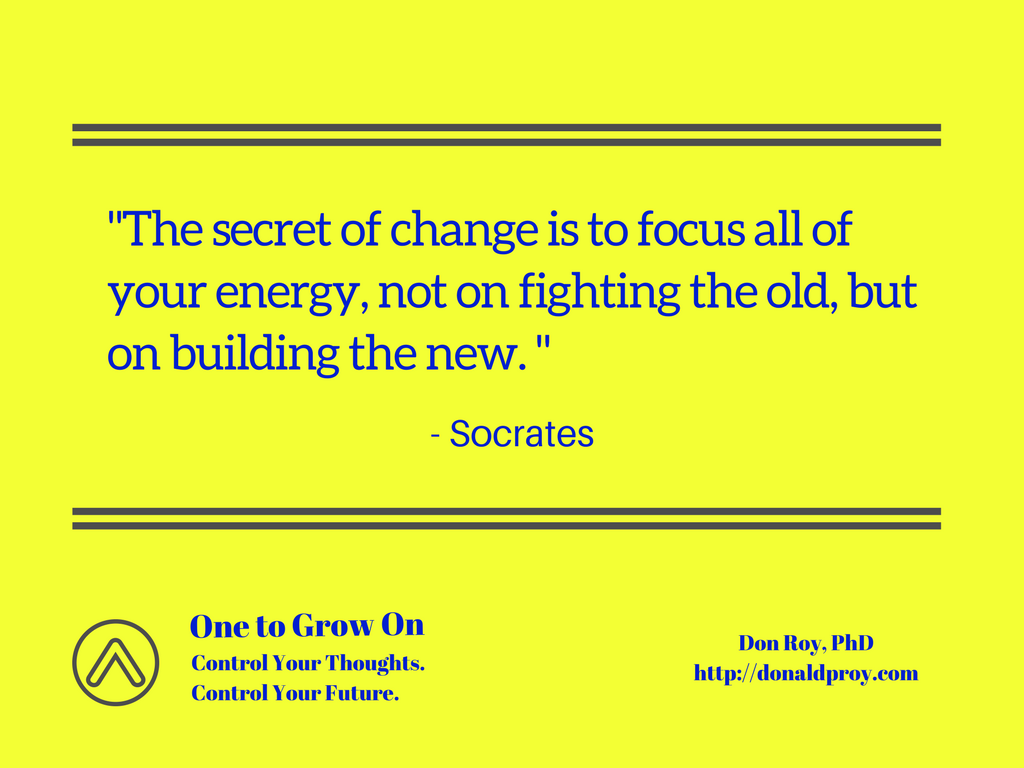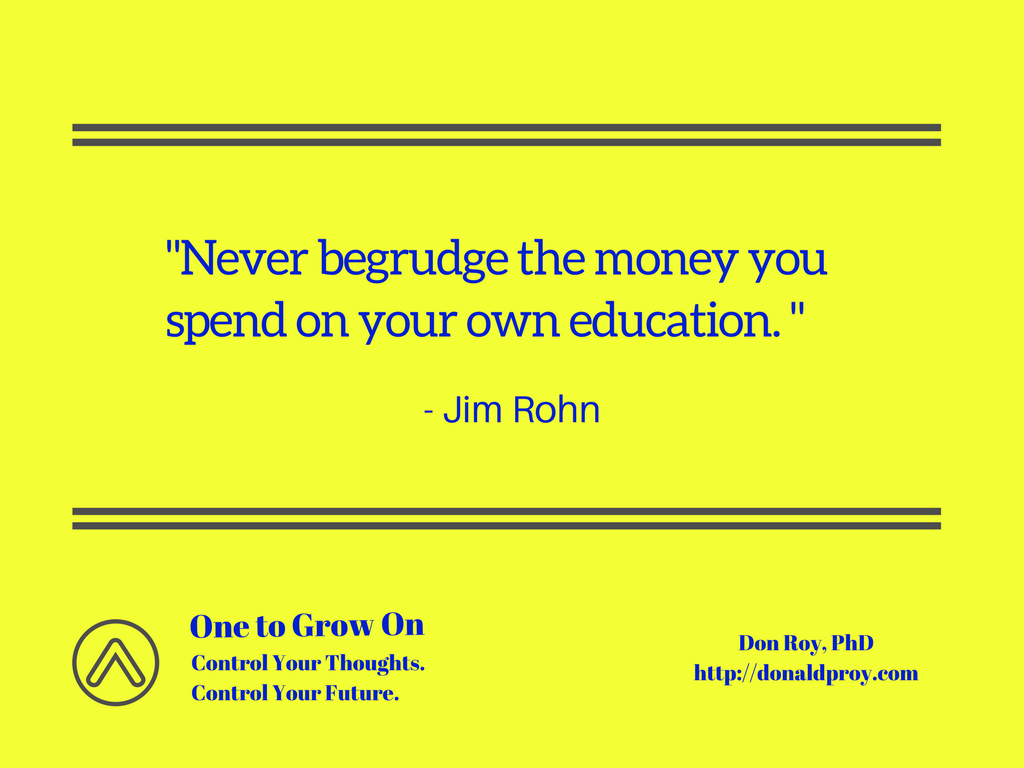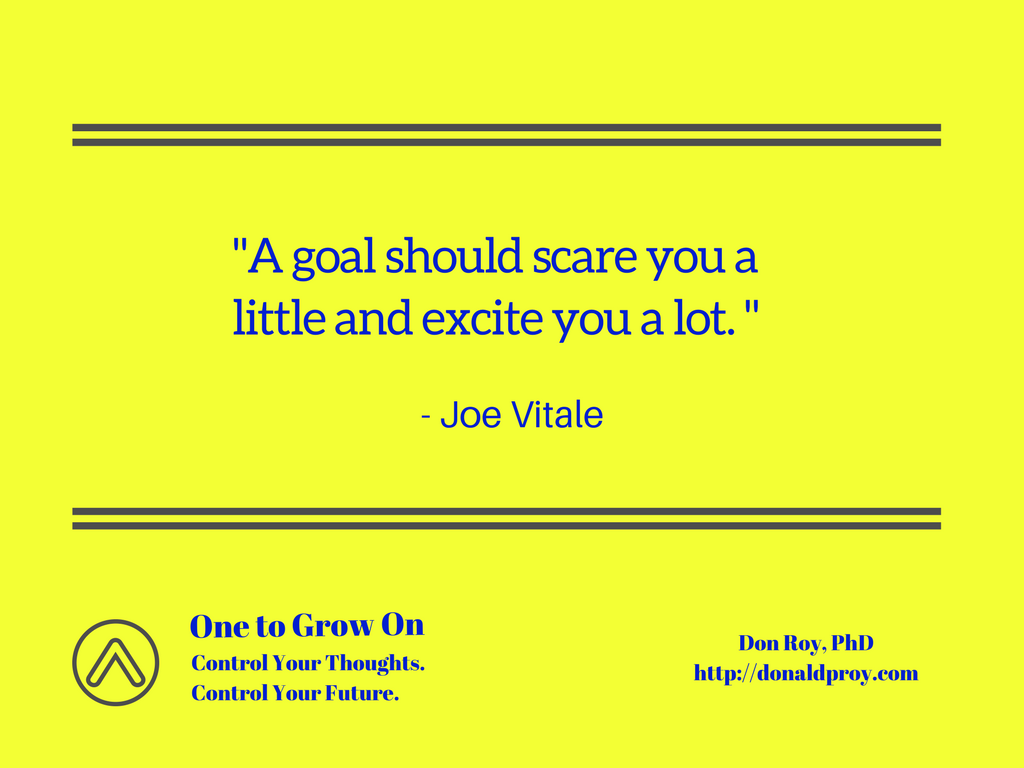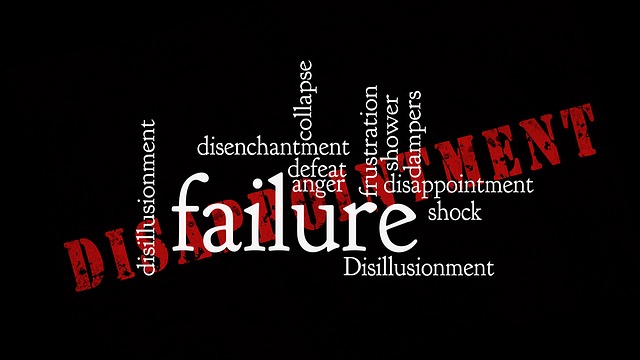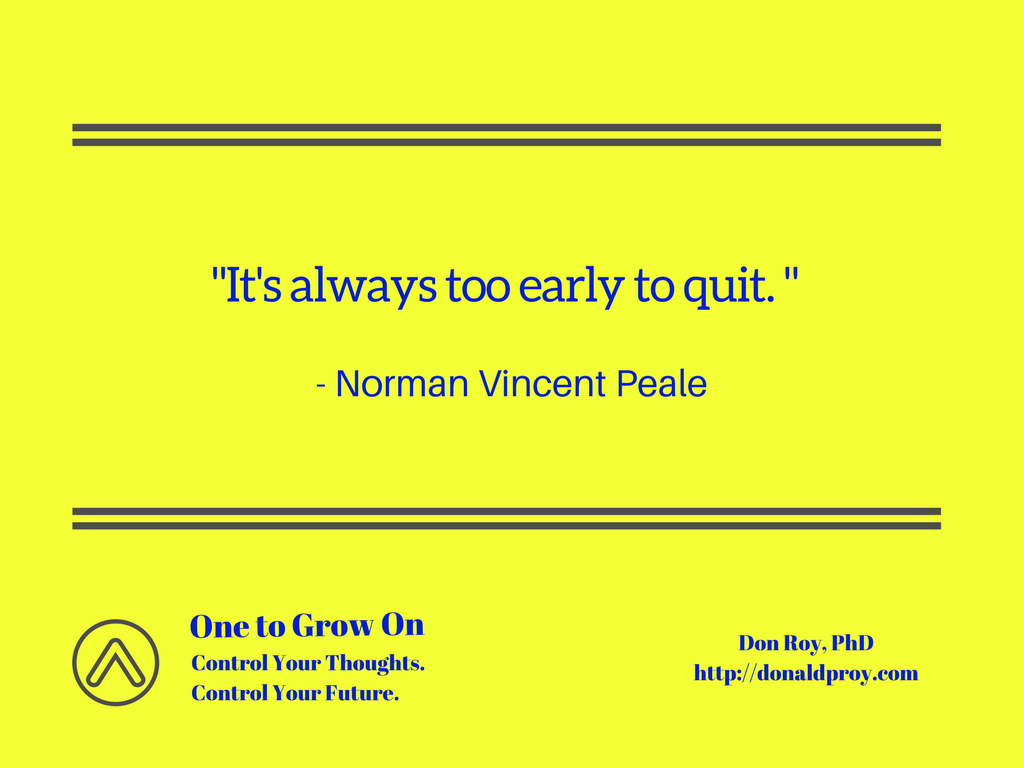When it comes to blogging, there is no shortage of advice on how to develop ideas for posts. Writing the One to Grow On entries in my blog is a straightforward process. Inspiration comes from thoughts and quotes I come across in daily readings and interactions. Sometimes, they are witty or insightful statements that convey a positive message. Other times, a thought or quote feels like a smack in the face. I was smacked in the face the other day by words of wisdom from the legendary Jim Rohn.
As a person who has put out creative works for a living and personal growth for more than 20 years—courses, lectures, articles, books, and more—I still struggle with magnetic pull of going to the sidelines to watch. Author Steven Pressfield refers to it as the Resistance. Whether it is resistance, procrastination, or sloth, one thing is for sure: It is destructive to development of your personal brand. It sucks, and I desperately want to beat it. The temptation to watch rather than do is an ongoing threat to personal growth.
Why We Watch
Let’s get one thing clear up front: It is OK to do and watch. We can learn a great deal from watching in various forms—reading books, checking out blogs, watching videos, attending conferences, and enrolling in courses. Learning from others and adding our unique perspective to that knowledge is a form of innovation. We do not have to decide whether to watch or do, but we must strike a balance between consuming versus creating.
What causes an imbalance that leads to too much watching and not enough doing? We are distracted in the following ways:
- Watching is entertaining. I am a college football fan. Saturdays often mean hours in front of the TV watching exciting games. The pageantry and drama of college football attracts millions to attend games or watch on TV. As much as I like consuming the entertainment on Saturdays, I realize that it would be easy to fall into this practice seven days a week.
- Watching is educational. We must build in time to learn regardless of our age or how much formal schooling we have had. However, just as we can overdo entertainment, we can spend too much time and focus on learning. Rather than striving for perfection, “do the work” is a mantra that can serve us well.
The takeaway is not only is it OK to watch, some watching is needed in our preparation to do. We must guard against letting the pendulum swing too far to the point we become passive spectators when we should be players.
Get in the Game
Resistance can be a powerful force. Don’t believe me? Just take a look at the date of this blog post and the preceding post. I take no pride that it has been three weeks between posts. And, I cannot use a lame excuse like “I’ve been busy” to cover my tracks. I have been guilty of watching others rather than being true to my work. It is clear the problem is me; I have become the person Jim Rohm describes in today’s One to Grow On quote. I loathe that person, so how do we get in the game? Here are three techniques for beating the tendency to watch:
- Eat that frog. Author and business expert Brian Tracy says begin the day by tackling a task or project that you are reluctant to tackle. Once it is completed, the pressure to do decreases… you’ve already done!
- Work in short bursts. A time-based work approach like the Pomodoro method blocks off time to work on a specific task. The Pomodoro method is based on working in 25-minute blocks with short breaks in between. A seemingly daunting task can be done in short time intervals.
- Celebrate victories. Reward yourself for meeting a daily or weekly goal—a milkshake, glass of wine, or shopping trip—whatever would be a fitting treat for completing an important task on your to-do list.
The Struggle is Real
Resistance is nothing new, and its staying power is amazing (albeit annoying). We can mistake resistance for comfort and makes ourselves at home as spectators. The problem with doing so is that life is not a spectator sport. We grow and develop primarily by doing, not watching.
Keep watching, but do more. Show the Resistance who is charge.

